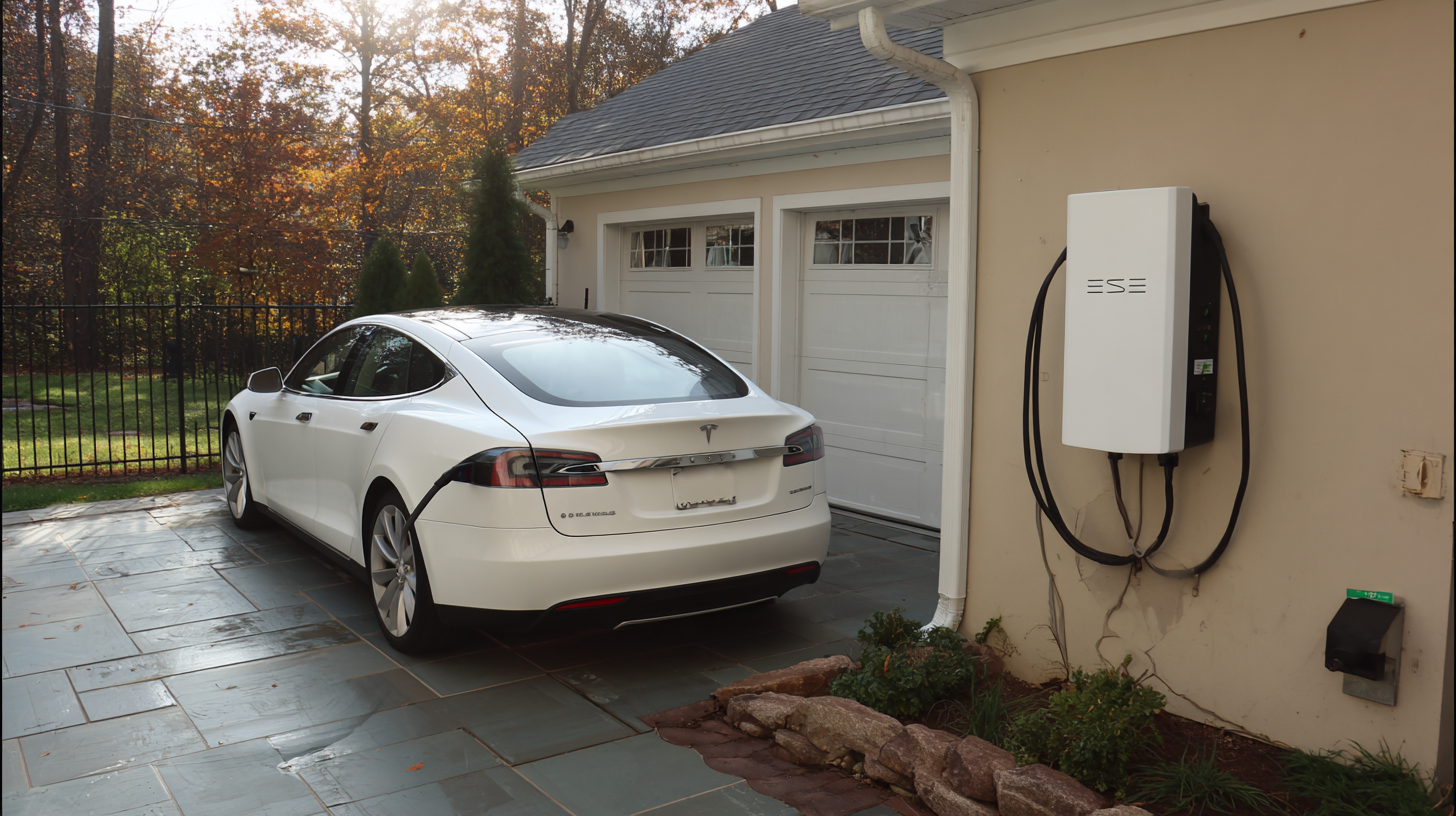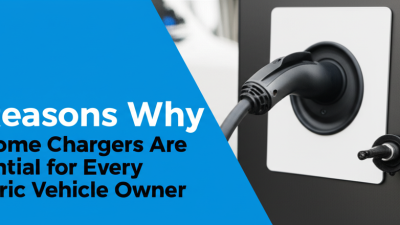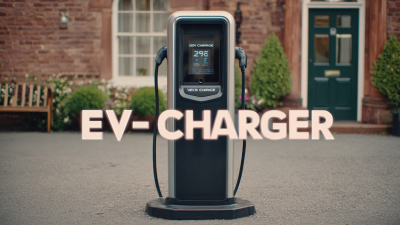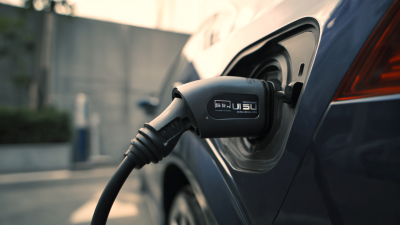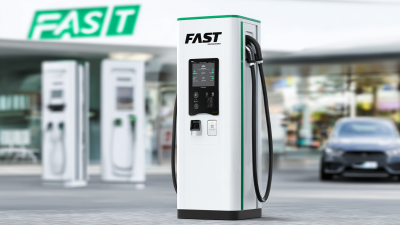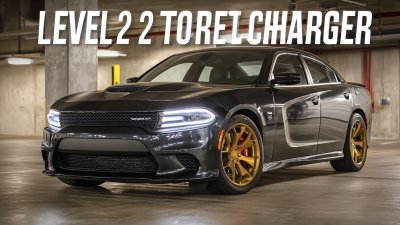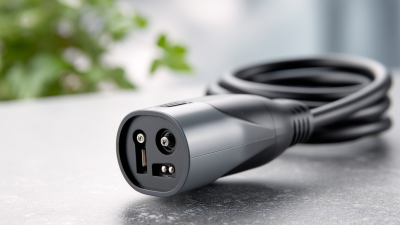As the electric vehicle (EV) market continues to grow, driven by a global push for sustainable transportation solutions, optimizing your EVSE charger installation has never been more critical. According to the International Energy Agency, the number of electric cars on the road reached over 10 million in 2020, and this figure is expected to surpass 145 million by 2030. With this rapid expansion, having an efficient and strategically planned EVSE charger setup can significantly enhance charging accessibility and efficiency. Moreover, a report from the United States Department of Energy indicates that well-placed EVSE chargers can accelerate charging times and improve user experience, thus contributing to higher adoption rates.
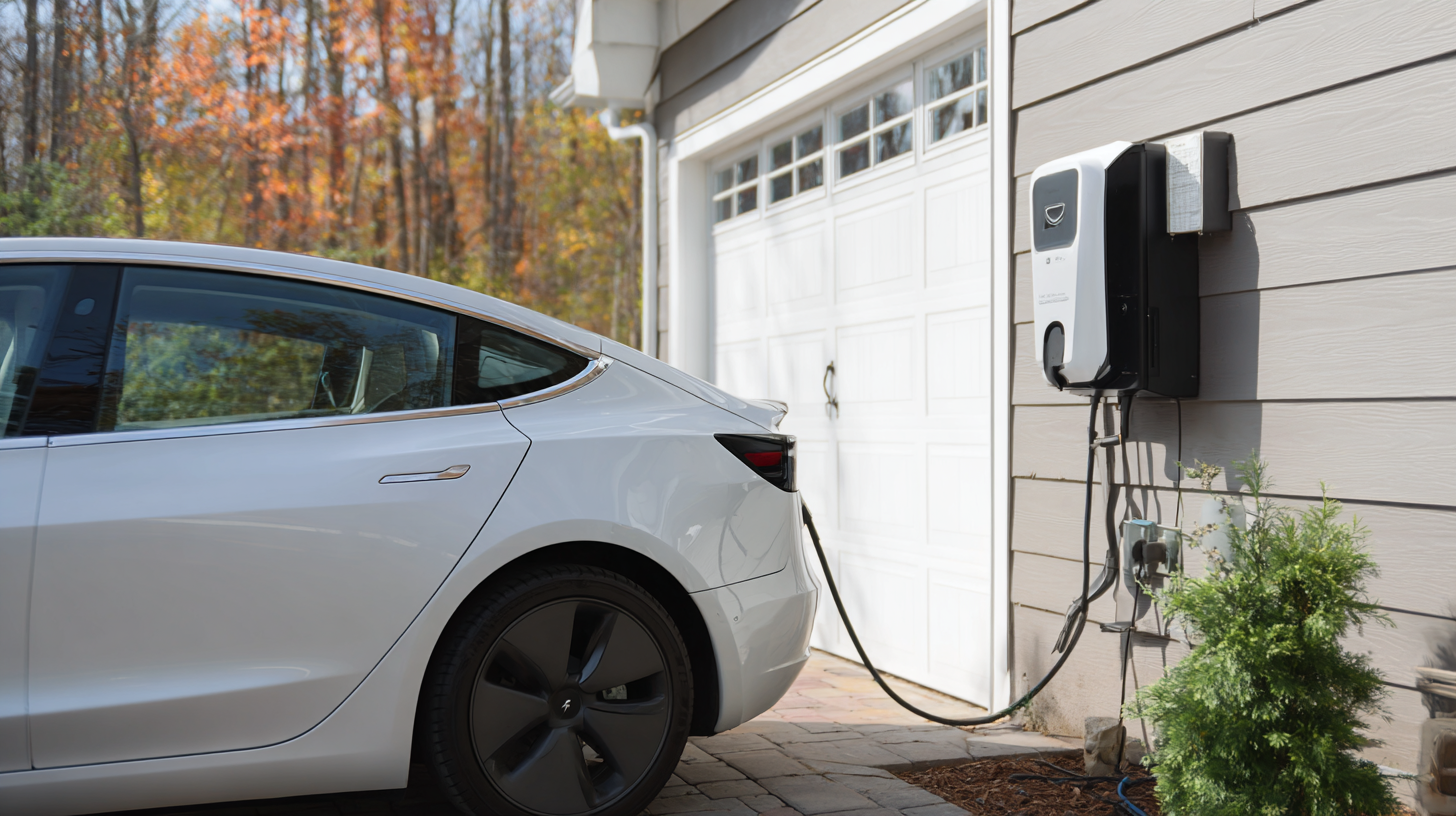
In this blog, we will explore seven essential tips for optimizing your EVSE charger installation, ensuring that both residential and commercial users can fully leverage the benefits of electric vehicle technology.
Understanding the different types of Electric Vehicle Supply Equipment (EVSE) chargers is crucial for an effective installation. With rising electric vehicle (EV) adoption projected to reach 30 million by 2025, according to the International Energy Agency, selecting the right charger type can significantly impact user experience and charging efficiency. Level 1 chargers, while sufficient for home use, typically deliver only 4-5 miles of range per hour. In contrast, Level 2 chargers offer a more robust solution, providing around 25 miles per hour, making them ideal for both residential and commercial installations.
When optimizing your EVSE charger installation, consider the following tips: First, assess your power supply. For instance, if you're installing a Level 2 charger, ensure your electrical panel can handle the load, which usually requires a 240-volt connection. Additionally, think about placement—charging stations should be positioned where they are easily accessible but do not obstruct pedestrian traffic. Lastly, staying informed about future developments and incentives, such as rebates for sustainable installations, can make a significant difference in decision-making.
Knowledge of the various charger types not only enhances installation efficiency but also aligns with the growing demand for sustainable energy solutions. As more users transition to electric vehicles, understanding how to maximize your EVSE installation becomes a pivotal part of the conversation in the evolving landscape of transportation.
When planning the installation of your Electric Vehicle Supply Equipment (EVSE) charger, a comprehensive site assessment is crucial to ensure optimal performance and efficiency. Begin by evaluating the location's electrical infrastructure. This involves checking the capacity of existing electrical panels and service lines to determine if upgrades are necessary. An inadequate electrical supply can lead to longer charging times and potential safety hazards. Ensuring that the electrical system can handle the load is pivotal for a successful installation.
Next, consider the physical layout of the installation site. Factors such as accessibility, parking configuration, and proximity to key facilities should guide your setup. It's essential to choose a location that allows for easy connection to the electrical source while also ensuring that chargers are conveniently situated for users. Additionally, take into account any local regulations or zoning laws that may affect your installation.
Compliance with these standards is not just a legal requirement but also enhances user experience by ensuring safety and minimizing interruptions during operation.
When installing an Electric Vehicle Supply Equipment (EVSE) charger, selecting the appropriate electrical capacity is crucial for ensuring efficient and safe charging. Understanding your vehicle's charging requirements is the first step. Most EVs come with a specification for the maximum power they can accept, typically ranging from Level 1 (120V) to Level 2 (240V) charging stations. It’s important to match the EVSE charger to your vehicle's capacity to maximize charging speed without overloading your electrical system.
Additionally, evaluating your home's electrical infrastructure is vital. Older homes may not have the capacity to support high-power EVSE installations, necessitating upgrades to your electrical panel. Consulting a licensed electrician can provide insights into your current system's capabilities and any necessary modifications. They can also help assess your future needs—like the addition of more EVs or other high-demand appliances—to ensure your installation supports your long-term plans. Ultimately, making informed choices about electrical capacity not only enhances the efficiency of your EV charging but also contributes to the overall safety and performance of your home’s electrical system.
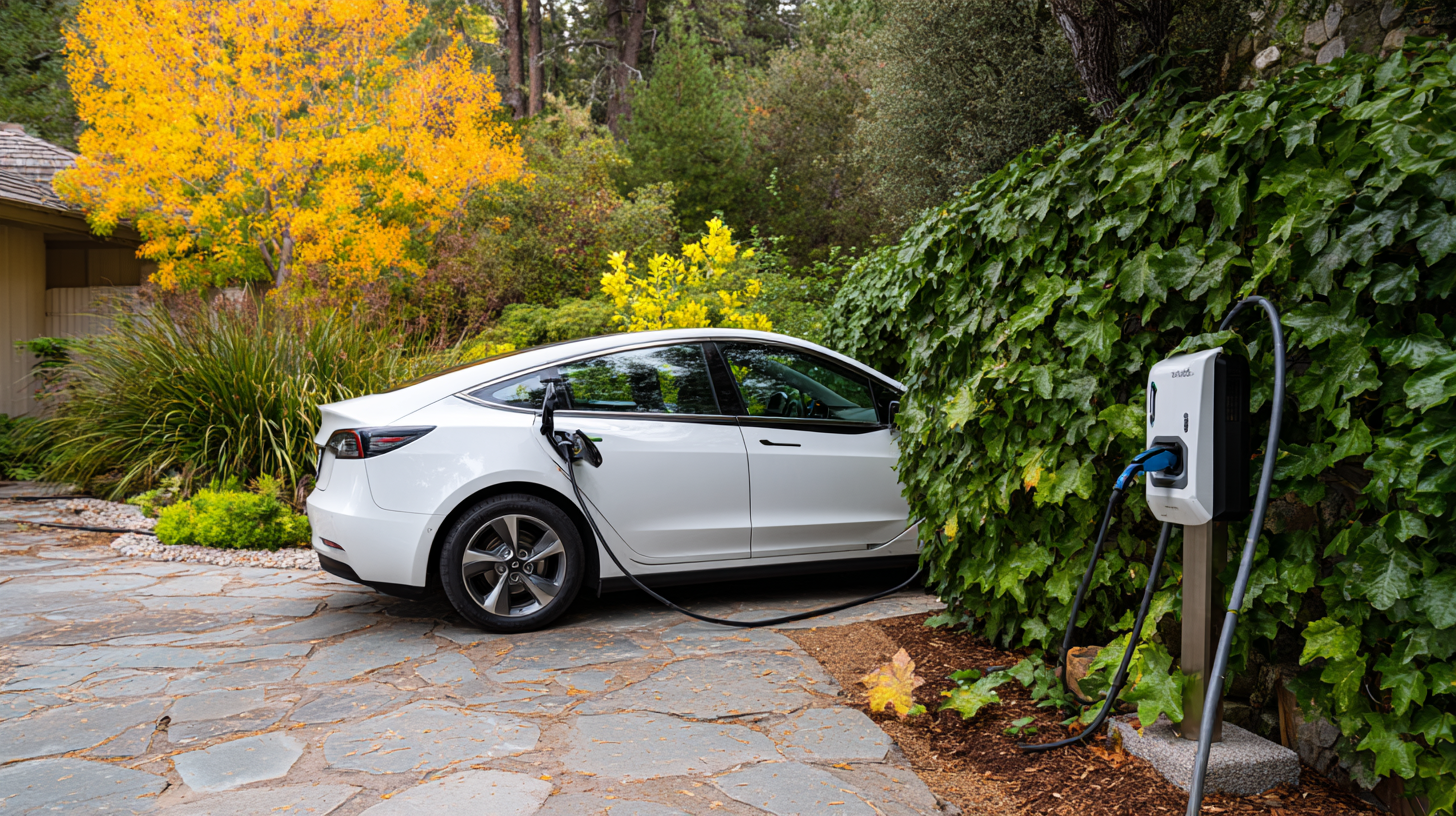
When it comes to installing Electric Vehicle Supply Equipment (EVSE) chargers, location is critical not only for user convenience but also for maximizing environmental benefits. According to the U.S. Department of Energy, strategic placement of EVSE can significantly influence electric vehicle (EV) adoption rates. Studies show that public charging stations located in urban areas lead to a 20% increase in EV utilization compared to those in rural areas. This is primarily because urban residents are more likely to rely on charging infrastructure as they transition from traditional vehicles to electric models.
Moreover, the environmental impact of EVSE location can't be overstated. A report by the International Council on Clean Transportation reveals that when charging stations are positioned near renewable energy sources, such as solar or wind farms, the overall carbon footprint of EV charging can be reduced by up to 70%. By optimizing EVSE installations in areas where green energy is accessible, communities can not only enhance the sustainability of electric transportation but also contribute to lower regional emissions. Careful planning and analysis of location can thus play a pivotal role in promoting a cleaner and more efficient future for electric mobility.
A s the electric vehicle (EV) market continues to grow, future-proofing your Electric Vehicle Supply Equipment (EVSE) charger installation has become essential. Research indicates that by 2030, the global EV market could reach over 30 million annual sales, underscoring the importance of robust charging infrastructure. Staying ahead of trends such as fast-charging capabilities and integrating renewable energy sources can enhance the longevity and efficiency of your EVSE system.
